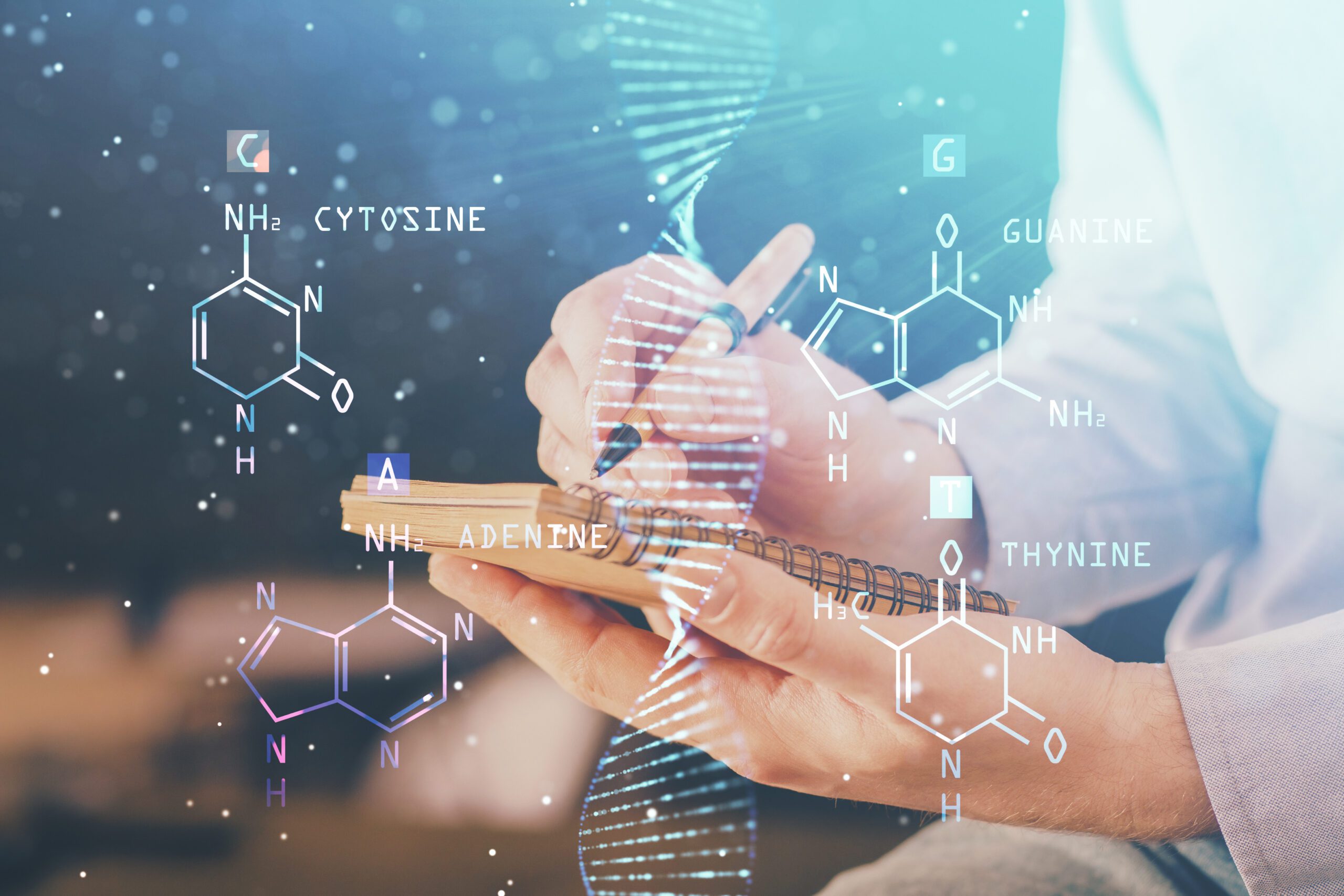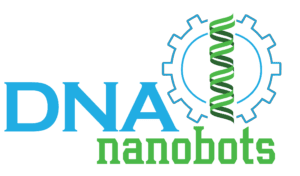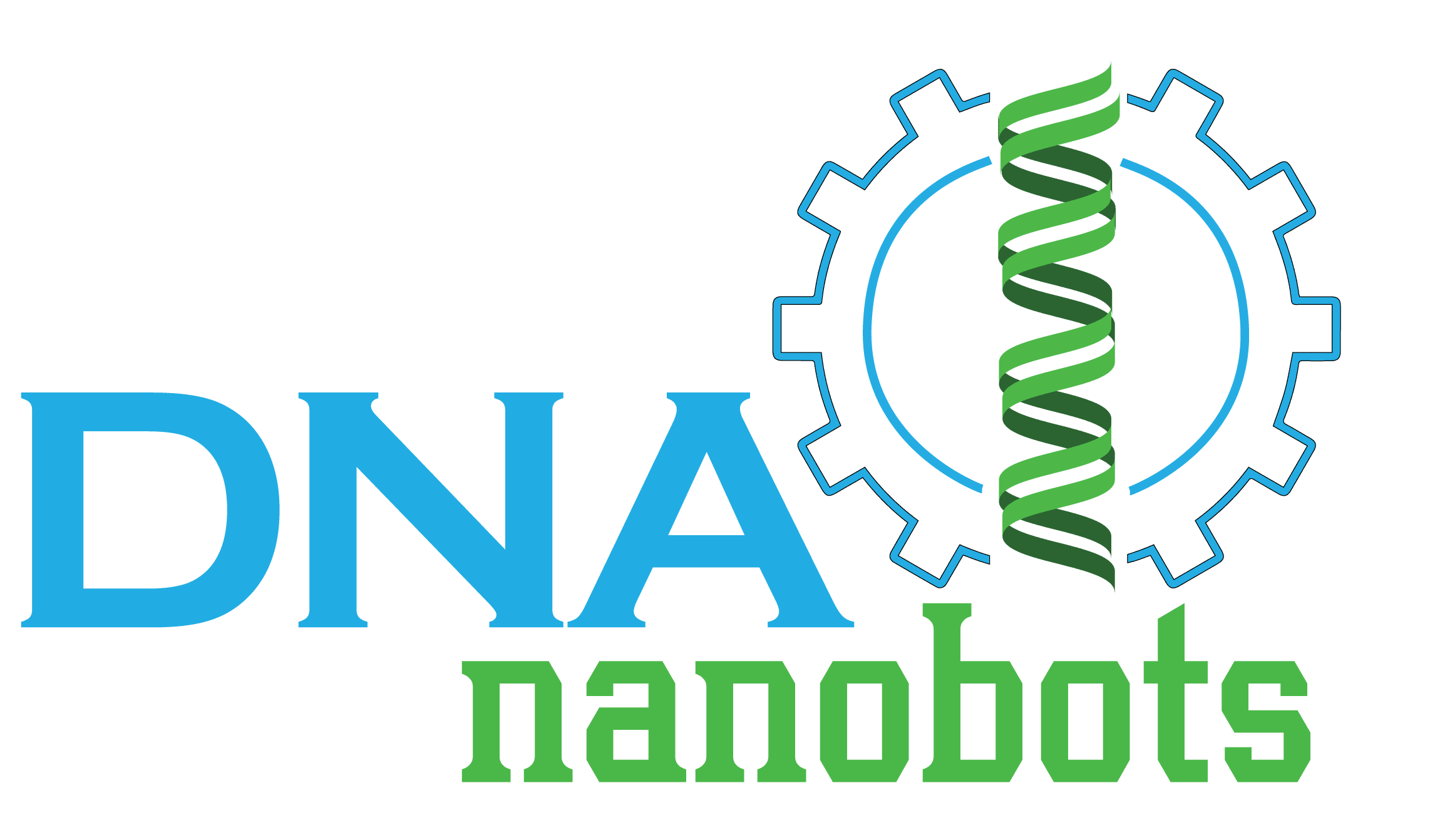Revolutionizing DNA Design: A Peek into MagicDNA’s Advanced Capabilities
The fascinating world of DNA origami has reshaped our understanding of genetic material, revealing its potential as more than just a biological code. As this technique evolved, so did the tools aiding its design, transitioning from basic graphical user interfaces to sophisticated CAD platforms. Navigating this intricate landscape, researchers now have access to programs like MagicDNA for design and OxDNA for simulation, streamlining the creation and analysis of these remarkable nanostructures. Join us as we delve deeper into this journey of innovation and discovery.
As DNA origami has advanced, CAD tools have become pivotal in refining and enhancing the design process. Early tools like caDNAno offered basic, manual design options. Modern tools, like MagicDNA, marry automation with customization, benefiting both novices and experts. Moreover, for simulating these intricate designs, OxDNA has emerged as the go-to software, providing unparalleled insight into nanoscale DNA configurations, and other ongoing efforts continue to pursue improved modeling for larger systems, longer processes, and simulating interactions with other molecules or materials.
The fascinating world of DNA design has recently seen some innovative advancements, thanks to collaborative efforts across the scientific community. Our favorite DNA Origami Scientists at the Ohio State University (including Dr. Wolfgang Pfiefer and Dr. Carlos Castro) in collaboration with our friends at Duke have been adding capabilities to existing design tools to create new DNA Origami structures that were once just imaginary, MagicDNA 2.0. The paper has recently been published in Science Advances, a high impact peer-review journal!
Here is the Link: https://www.science.org/doi/10.1126/sciadv.adi0697
MagicDNA 2.0 adds to the DNA design process by introducing advanced features that prioritize user flexibility and creativity. Unlike its predecessor, this updated version empowers users to begin with more freeform sketches, bridging the gap between imagination and molecular design. This enhanced capability ensures that both experts and novices can translate intricate visions into precise DNA structures with ease. MagicDNA 2.0 simplifies DNA design to the following steps:
- Sketch the Idea: Just like an artist’s initial draft on a canvas, our first step is to sketch out our envisioned DNA structure.
- Profiling the DNA: Once our sketch is ready, we zoom in to define the individual cross-sections of the DNA. Imagine looking closely at a rope, understanding each strand’s makeup and how they twist together.
- Extrude and Sweep: Using MagicDNA’s unique tools, we give our sketch a three-dimensional shape, much like a sculptor turning a flat drawing into a 3D statue.
- Assembly Time: Now, we begin assembling the parts. It’s like piecing together a complex jigsaw puzzle, ensuring each DNA segment fits perfectly with its neighbor.
- Routing the Scaffold and Staples: Think of this as laying down the foundation and framework for our DNA structure. We determine the route our DNA strands will take and how they’ll be held together.
- Simulation Test: Before diving into the real world, we test our design virtually. It’s our way of predicting how our design will fare once fabricated.
- Fabrication: The culmination of our efforts! Our design takes physical form in a lab, transforming from digital art to a tangible DNA masterpiece.
And there you have it—a journey from an idea to a beautifully complex DNA structure. In their recent papers, Dr. Castro and his colleagues have designed nanostructures in the shapes of robot arms, G-clefts, and even nano-airplanes. At DNA Nanobots, while we marvel at tools like MagicDNA, we’re excited about the myriad possibilities they open up for us in the realm of drug delivery and much more.
At DNA Nanobots we are experts in a field that is about to explode. If you have a therapeutic that you want delivered, we would love to help you do that. You provide the therapeutic, we provide the vehicle. Contact us at info@dnananobots.com or click below anytime.
by Patrick Halley, Co-Founder and CTO


